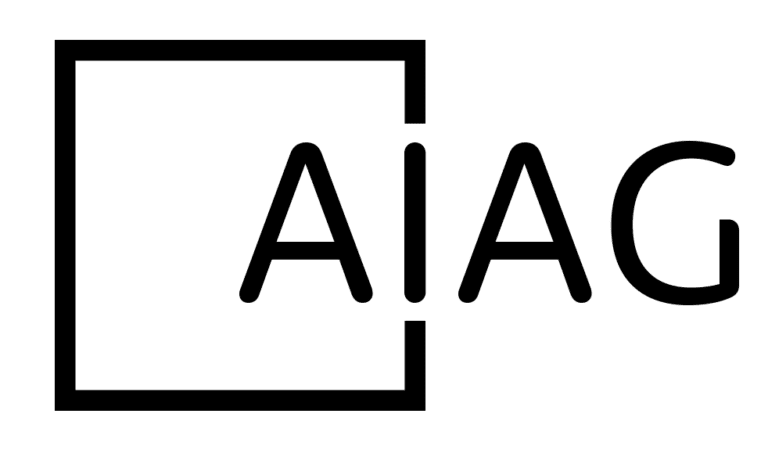We’ve all heard it before: knowledge is power. But what if I told you that too much knowledge, without action, can hold your business back? Companies often get caught in a trap in the race to stay competitive—endlessly gathering information, believing that filling every gap will magically unlock success. Here’s the kicker: it doesn’t. This obsession with accumulating knowledge can create an illusion of progress, causing real growth to stall.
I’ve seen this happen repeatedly as an Organizational Development (OD) consultant. Companies spend countless hours and dollars on technology and training, convinced they’ve found the missing link to success. But in the end, it’s not the information that matters—it’s how you use it. Without a strategy that connects your people and tech to your company’s vision and mission, all that knowledge is just noise. So, let’s talk about how to break free from the knowledge trap and make accurate, actionable decisions that drive growth.
The Knowledge Trap: When Knowing Isn’t Enough
In business, there’s a common belief that if we had more data, insight, or research, we’d be able to make perfect decisions. We tell ourselves, “If I know everything, I’ll avoid making mistakes.” It’s an understandable instinct, but it’s also misguided.
The problem is that waiting for perfect information often leads to paralysis. Businesses keep gathering more data but never move forward. This “knowledge trap” is dangerous because it gives the appearance of progress. You’re doing something—collecting, analyzing, researching—but without a clear plan to act, it becomes a time-wasting cycle.
Take BlackBerry, for example. The company was once a global leader in mobile phones, with a wealth of knowledge about the business world’s communication needs. Yet, when smartphones with touchscreens emerged, BlackBerry hesitated to adapt despite having all the necessary information about this technology shift. Their knowledge wasn’t the issue—they simply didn’t act on it in time. Meanwhile, Apple and Android competitors capitalized on the opportunity, and BlackBerry became a relic of the past.
Information Overload: The Paralysis of Knowing Too Much
The rise of big data and analytics has allowed businesses to collect more information than ever before. Companies can track nearly every aspect of their business, from customer preferences to market trends. But here’s the catch: too much information can be overwhelming.
When leaders face an overload of information, decision-making becomes harder. Analysis paralysis sets in as executives feel pressured to make the “right” choice. But perfect decisions don’t exist. At some point, action trumps more data.
If you’re familiar with Nokia’s downfall, you know the company had extensive knowledge about mobile communication and technology. Yet, they hesitated to pivot to smartphones, overwhelmed by their focus on perfecting their existing product line. They didn’t lack data—they lacked decisive action. And like BlackBerry, their delay gave competitors a head start.
Action vs. Knowledge: What Really Drives Growth?
So, if having more knowledge isn’t the key to growth, what is? The answer lies in purposeful action. Gathering knowledge is essential, but only if it leads to timely decisions that align with a company’s core mission.
I’ve worked with numerous companies that thought they were “innovating” by adding more technology or creating endless strategies, only to find that their efforts didn’t bring the results they expected. Why? Because they were too focused on acquiring information without considering how that information connected to their vision and mission.
Knowledge is just noise without a fit-for-purpose strategy that aligns people, technology, and goals. The most successful companies I’ve worked with focus on execution. They understand that progress isn’t made by having all the answers but by taking strategic risks, learning from mistakes, and iterating as they go.
The Importance of Building a Fit-for-Purpose Strategy
Building a fit-for-purpose strategy is the heart of avoiding the knowledge trap. This means ensuring that your people and technology are not just tools for gathering data but vehicles for driving your company’s purpose forward.
Here’s how to do that:
1. Align Knowledge with Vision and Mission
Before gathering more data, ask yourself: how does this information help us achieve our vision and mission? If the answer isn’t clear, you may be wasting valuable resources. Every decision should serve the larger purpose of your organization, ensuring that each piece of technology or knowledge acquisition fits into that bigger picture.
2. Focus on Culture and Execution
A fit-for-purpose strategy means building a culture that values action. Encourage your teams to act on what they know, even when they don’t have all the answers. Cultivating a culture of calculated risk-taking can prevent stagnation and foster innovation.
3. Avoid the Allure of ‘Perfect Knowledge’
Perfection doesn’t exist. Instead of waiting for all the information, take action on what you have, knowing that you can course-correct along the way. The most successful businesses understand that growth comes from moving forward, not standing still in fear of making mistakes.
4. Create Feedback Loops
Action without reflection can be just as harmful as inaction. Establish feedback loops to assess the impact of your decisions and use those insights to make informed adjustments. By acting on incomplete information and learning as you go, your company will stay agile and ahead of the curve.
Breaking Free from the Illusion of Knowing
It’s easy to think that more knowledge is always the solution. But I’ve seen time and time again in my work that real progress comes from action. Businesses that focus too much on filling knowledge gaps without executing that knowledge end up stagnating, just like BlackBerry and Nokia did.
Companies need to embrace strategic action. It’s not about knowing everything but about using your knowledge to make decisions that align with your company’s values and goals. As an OD consultant, I help businesses protect their technology investments by ensuring that people and tech fit their purpose and that every decision is made with the company’s vision in mind.
Moving Forward: The Path to Sustainable Growth
So, how do you ensure your business doesn’t get stuck in the knowledge trap?
Start by building a strategy that prioritizes action over perfection. Create a culture that encourages risk-taking, learning from failure, and making decisions that align with your mission. The companies that grow and thrive are the ones that understand it’s not about how much you know, but how you apply what you know.
Growth happens when you stop chasing knowledge for knowledge’s sake and use it as a tool for progress. So, take a step forward, act on what you know, and keep your company moving in the direction of its mission. Because at the end of the day, it’s not what you know—what you do with it matters.




